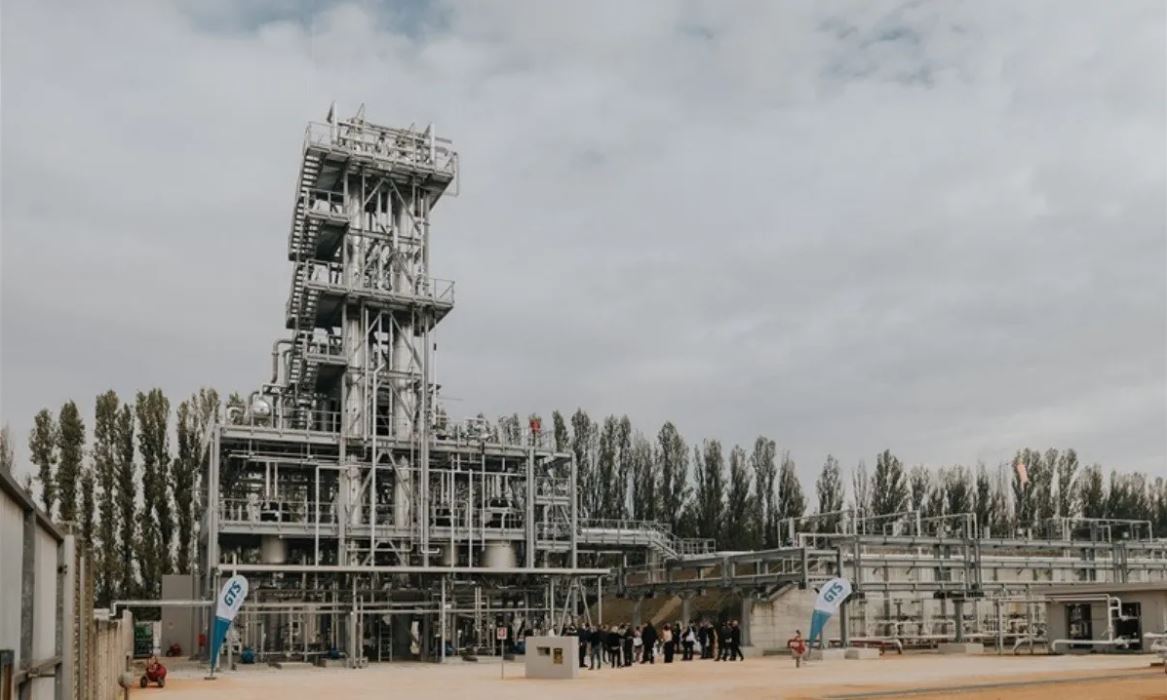Yes, hydrocarbons are clean and natural refrigerants, says gas manufacturer GTS
May 17, 2023

From an environmental point of view, hydrocarbons are “highly sustainable and among the cleanest refrigerants” due to low GWP and zero ODP (ozone depletion potential), with no harmful molecules produced during production, said Paolo Zunino, CEO of Italian-based gas manufacturer GTS in a recent article published in Zerosottozero.
“[Hydrocarbons] are molecules of natural origin because in none of the ways of obtaining [them] is there the synthesis of something new,” said Zunino, adding that “hydrocarbons simply exist in nature.”
This belies the industry criticism that natural refrigerants such as hydrocarbons are not natural because they are manufactured.
Hydrocarbon natural refrigerants, including propane (R290), isobutane (R600a), n-butane (R600) and propylene (R1270) are derived in one of three ways, said GTS: separating oil by weight in a process called cracking, biogenically from the fermentation of organic residues or – the process mainly employed today – direct extraction from deposits of natural gas pockets such as liquid petroleum gas (LPG)
GTS reports that it obtains raw LPG from companies owning oil refineries or extractive wells.
As a natural product “simply” obtained and purified, with prices guided by international indexes, hydrocarbons offer readily available, cost-effective refrigerant solutions, said Zunino.
F-gas regulations have increased the demand for refrigerant-grade hydrocarbons, leading GTS to open a 55,000 m2 (592,015 ft2) distillation facility in 2021 in Arquà Polesine, Italy, which is capable of producing 25,000 metric tons of purified hydrocarbons annually. Before the new facility, GTS produced 2,000 metric tons of refrigerant-grade gas yearly.
“Our distillery is worth around €10 million [US$11 million] and is able to guarantee the required volumes and quality to the refrigeration market,” said Zunino. The plant currently operates eight hours a day. With the capability to move to 24-hour-a-day production, supply is not an issue, he added.
Refrigeration applications require substantially higher hydrocarbon purity levels than those used for heating or blowing. GTS produces different hydrocarbon purity grades, with a purity of up to 99.99% for refrigeration applications with less than 10ppm humidity and less than 120 ppm of non-condensable gases.
As part of Quiris Holding Industriale, GTS supplies hydrocarbons for commercial and residential HVAC&R markets, aerosols, petrochemical applications and research and development. The company delivers globally and has branches in Belgium, Brazil, Romania and Thailand.
Refrigerant applications
In the residential sector, “all” refrigerators in Europe use isobutane, said GTS in the Zerosottozero article, indicating the trend is moving to other continents. Plug-in hermetically sealed hydrocarbon units (especially propane) are gaining popularity in the commercial refrigeration sector, the company added.
“The technology is not only efficient but also safe,” said Zunino., adding that the flammability results in higher levels of safety with precautionary measures in place. “Insisting on their flammability as a reason not to use [hydrocarbons] is out of place,” especially given that methane arrives directly to apartments and petrol fuels travel in vehicles.
The use of propane in heat pumps is also spreading with recent updates to the EU F-gas Regulation. High efficiencies are seen in these units with low charges, according to studies conducted by the Fraunhofer Institute for Solar Energy Systems ISE, including the LC R290 – Low Charge Heat Pump Solutions project.
As part of the LC 290 project, German engineers developed a heat pump circuit prototype reported to provide 12.8kW (3.6TR) of heating capacity with 124g (0.3lbs) of propane, exceeding the project’s goal of 15–30 g of propane per kW (0.1–0.25 lbs of propane per TR) of heat output. The unit was displayed at the 2022 Chillventa exhibition in Nuremberg, Germany.


